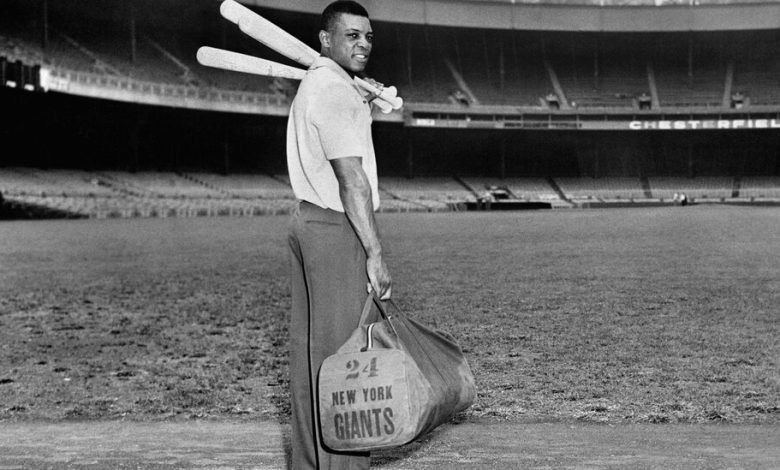Remembering Willie Mays as Both Untouchable and Human

At the end, the Say Hey Kid looked nothing like the extraordinary force who had been at the center of the American imagination for much of the 20th century.
The Kid — Willie Mays — struggled at the plate and stumbled on the basepaths. A line drive arced his way, easily catchable for Mays during most of his career. But he fell. Another outfield mistake caused the game to be tied in the ninth inning.
He was a creaky-kneed 42 years old on that October afternoon, Game 2 of the 1973 World Series — Mays’s New York Mets in Oakland facing the A’s. On the grandest stage, the ravages of time had settled upon the game’s most gilded star.
That he would redeem himself at the plate three innings later is often forgotten. The unthinkable had happened. Mays had not only failed, he had appeared lost, clumsy and out of sorts.
The shock of seeing him that way would linger long past his playing days as a warning: Don’t be like Willie Mays, sticking around too long, stumbling in center field, a shadow of his former self. Such became the axiom, uttered in so many words by everyone from politicians to business leaders to commentators weighing in on great athletes who yearn to play into their twilight.
Quit before it is too late.
In retirement, Mays, who died on Tuesday at 93, did his best to ignore the game that would be his last. But there is another way to view its echoes.
